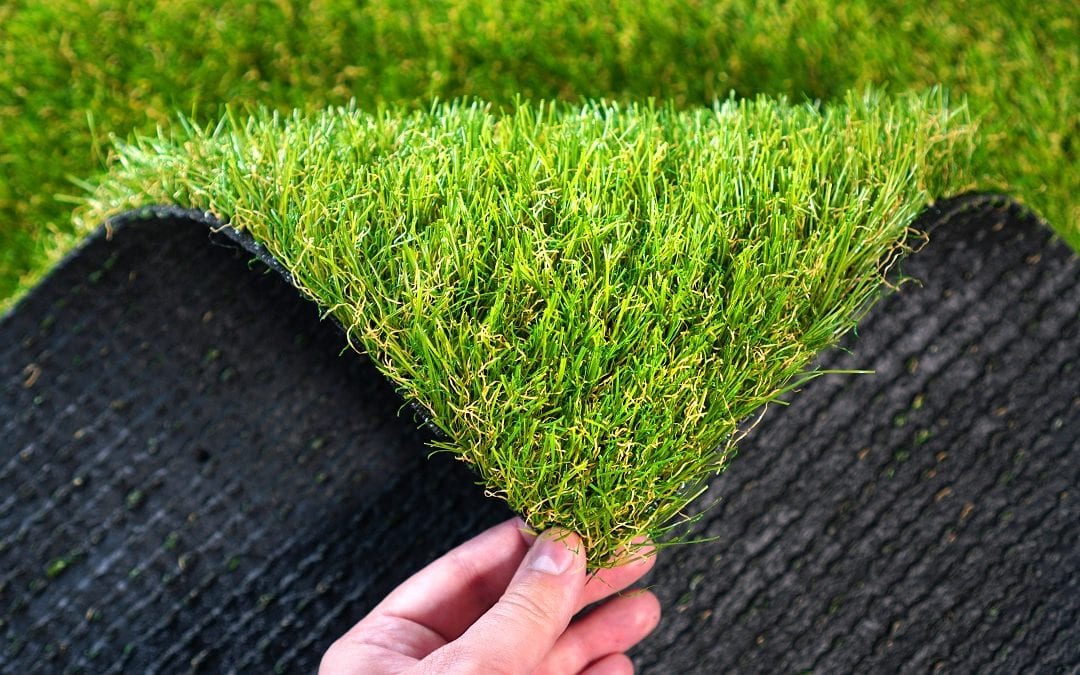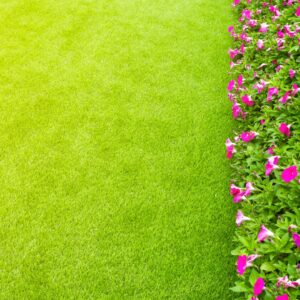Fact or Fiction: Does Artificial Grass Get Hot in Summer?
Artificial grass, also known as synthetic turf or fake grass, has gained immense popularity in recent years for its low-maintenance and aesthetically pleasing qualities. Many homeowners and businesses have embraced this alternative to natural grass, but a common concern that often arises is whether artificial grass gets too hot in the scorching summer months. The question of whether artificial grass becomes unbearably hot under the sun is a hot topic in itself, and we’re here to separate fact from fiction and provide a well-rounded perspective on the matter.
The Myth: Artificial Grass Becomes Dangerously Hot in Summer
One of the most significant misconceptions surrounding artificial grass is that it becomes dangerously hot during the summer. This belief has given rise to concerns about its safety for children and pets. After all, nobody wants their kids or furry friends to burn their paws or feet on scorching ground. The concern is valid, but the extent to which artificial grass heats up in the sun is often exaggerated.
The Reality: Artificial Grass Gets Warm, but Not Dangerously Hot
It is true that artificial grass can get warm on a hot summer day, but it’s essential to understand that it doesn’t reach the same scorching temperatures as, say, asphalt or concrete. The extent to which artificial grass heats up depends on various factors, including the type of infill material used, the color of the turf, and the local climate.
The infill material, typically made of sand or rubber, can absorb and release heat. Lighter-colored turf will naturally reflect more sunlight and heat, making it cooler to the touch. In contrast, darker-colored artificial grass may absorb more heat, causing it to become slightly warmer.
In regions with extremely high temperatures, it’s possible that artificial grass can reach temperatures exceeding 100°F (37°C) during peak sunlight hours. While this may be warm, it’s still not hot enough to cause significant harm or discomfort to people or pets. The temperature of natural grass or bare soil can also rise to similar levels in hot weather.
Mitigating the Heat: Tips and Strategies
If you are concerned about the potential warmth of artificial grass in the summer, there are several steps you can take to mitigate the heat:
- Choose the Right Infill Material: Opt for infill materials that have good heat-resistance properties. Some infills are designed to dissipate heat more effectively, keeping the grass cooler.
- Select Lighter-Colored Turf: Lighter shades of artificial grass tend to stay cooler because they reflect more sunlight.
- Shade and Trees: Use shading solutions such as umbrellas, pergolas, or planting trees to provide shade over the artificial grass area. This can significantly reduce the heat absorbed by the surface.
- Regular Watering: Sprinkling water over the artificial grass during the hottest parts of the day can help cool it down. However, it’s important to note that you don’t want to overwater, as excessive moisture can lead to other issues.
- Time Activities: Plan outdoor activities during cooler parts of the day, such as the morning or late afternoon, when the sun is less intense.
- Use Play Mats: If you have children or pets, you can place play mats or other protective surfaces on top of the artificial grass to create a cooler play area.
Benefits of Artificial Grass in the Summer
While it’s essential to address concerns about the heat of artificial grass in the summer, it’s equally important to consider the many benefits that artificial grass offers during this season. Some advantages include:
- Low Maintenance: Artificial grass requires minimal upkeep, freeing up your time to enjoy the summer instead of mowing, weeding, and watering natural grass.
- Lush Green Appearance: Artificial grass maintains its vibrant green appearance year-round, providing a lush and inviting landscape even in the hottest months.
- No Allergies: For those with grass allergies, artificial grass can be a welcome relief, as it doesn’t produce pollen or allergens.
- Durability: Artificial grass can withstand heavy foot traffic, making it an ideal choice for outdoor gatherings, sports, and play areas during the summer.
- Conservation of Resources: Artificial grass doesn’t require water, reducing your water bill and conserving a precious resource during the dry summer months.
Conclusion
The idea that artificial grass becomes dangerously hot in the summer is more fiction than fact. While it can get warm, it generally doesn’t reach extreme temperatures that would cause harm. Taking the right precautions, such as choosing the right infill material, opting for lighter-colored turf, and providing shade, can help ensure a comfortable experience for everyone. The numerous benefits of artificial grass during the summer, such as low maintenance and year-round greenery, often outweigh the minor concerns about heat. So, if you’re considering artificial grass for your outdoor space, don’t let the summer heat myth deter you from enjoying the many advantages it offers.
One common concern people have when considering synthetic grass for their homes is whether it will get too hot during the summer. Natural lawns tend to stay somewhat cooler because the blades of grass contain water, which helps cool them down.
However, as we all know, once it gets into the 90s or 100s, natural grass lawns tend to get hot and quickly turn brown unless you water them excessively. Artificial grass lawns also will get hot once temperatures soar into the 90s and higher.
Yet, one advantage over natural grass is your lawn won’t turn brown if you don’t water it. There are also several effective things you can do to cool it down quickly, including.
1. Hose it down with water.
If the grass feels too hot to walk on, grab the garden hose and spray it down. The water cools down the grass quickly and also dries fast.
2. Plant shade trees to keep the grass shaded.
Another way to keep artificial turf cool is with shade. If you plant some shade trees in different areas in the yard, you will always have a cool spot to enjoy even on the hottest summer days.
3. Install an awning or covered pergola.
Installing an awning or covered pergola over part of the artificial lawn will provide shade to keep it cool. As a bonus, you will have a covered area to enjoy outdoors on rainy days.
4. Choose a lighter-colored synthetic turf.
Lighter greens will not get as hot as darker greens since lighter colors absorb less heat.
While artificial lawns can get hot in summer just like natural grass lawns, there are several effective ways to keep them cool.
To learn more about synthetic grass for your home, please feel free to browse our products online or contact Artificial Grass Wholesalers directly at 877-262-4145 for further assistance today!



